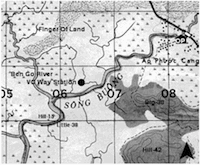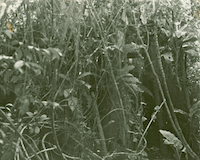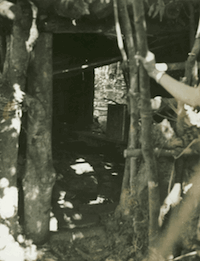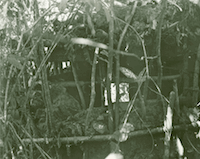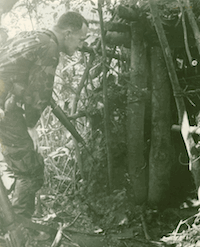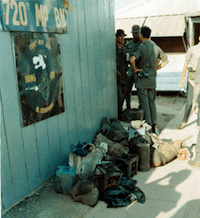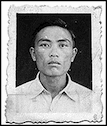The following members of C Company were promoted from Private 1st Class (E3) to Specialist 4th Class (E4). Food Service Specialists- Michael T. Saravello Stephen B. Coghlan, and William T. Peele; Military Police- Reed S. Andringa, Larry R. Bates, Roger C. Bishop, Robert L. Darlington, James F. McHugh, James A. McCallum, Jr., Harold G. Lambert, John F. Leiker. Gerald E. Hoeke, Martin L. Griffin, Robert E. Gulbrandsen, Adam Garza, Michael L. Nugent, James V. Housadakos, Henry N. Stafford, James A. Smith, Roger L. Robertson, Roger L. Roark, William T. Foxie, Francis T. Yartin, Michael S. Marvel, Keith E. Willerton, Maurice P. Nielson, Dan B. Hyatt, Roger E. Watson, Ernest E. Garbutt, Elier A. Strickland, William J. Stafursky, Jr., Douglas W. Joslin, and Roy C. Paynter. |


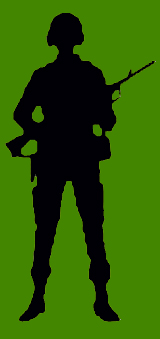


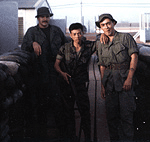

 LTC Bullock
LTC Bullock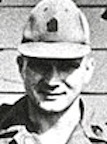 SGM Morrow
SGM Morrow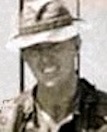 2LT Chavis
2LT Chavis
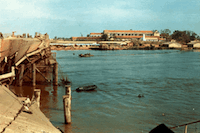
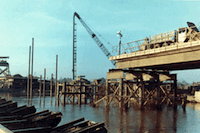
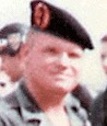 CPT Solomonson
CPT Solomonson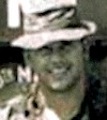 1LT Mendez
1LT Mendez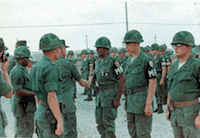
 CPT Kirchoffner
CPT Kirchoffner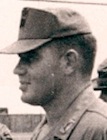 CPT Guimond
CPT Guimond
